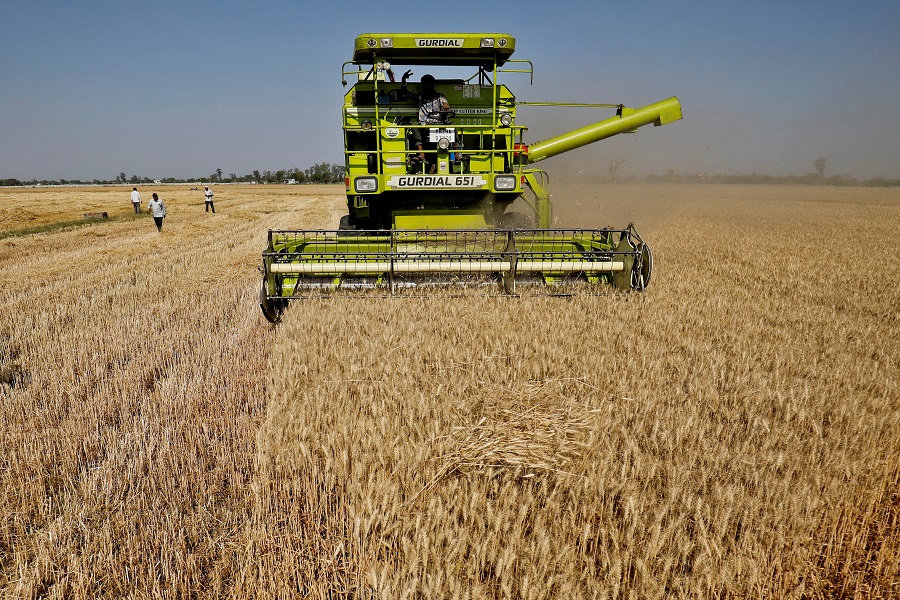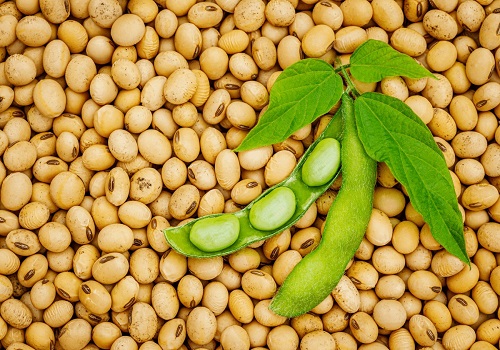Australia`s Grain Output Dips on Dry Weather Conditions by Amit Gupta Kedia Advisory

Australia’s wheat production is forecast to decline by 10% to 30.6 million metric tons due to dry conditions in key growing regions, according to ABARES. Barley and canola outputs are also expected to fall by 3% and 6%, respectively. Despite the drop, production levels remain well above the 10-year average. While soil moisture is low in parts of New South Wales, Victoria, and South Australia, conditions are better in Queensland and northern regions. Lentil production is projected to rise 17%, whereas chickpea output may drop 17%. The planted area for wheat and canola is down slightly, while barley acreage is set to increase. Analysts see the wheat crop ranging between 28 and 34 million tons.
Key Highlights
* Wheat output projected to fall 10% to 30.6 million tons.
* Barley and canola production forecast to drop by 3% and 6%.
* Dry conditions affect major cropping areas in southern Australia.
* Lentil output to rise 17%, while chickpeas may drop 17%.
* Wheat and canola acreage down, barley planting up 2%.
Australia’s agricultural outlook for 2025 shows a notable decline in grain production, primarily due to persistent dry conditions across several key cropping regions. Wheat production is forecast to drop 10% to 30.6 million metric tons, according to the Australian Bureau of Agricultural and Resource Economics and Sciences (ABARES). Despite the downturn, this figure remains significantly higher than the 10-year average of 27.6 million tons.
Barley and canola are also facing declines, with expected outputs falling 3% to 12.8 million tons and 6% to 5.7 million tons, respectively. These reductions are attributed to low soil moisture levels, especially in southern New South Wales, Victoria, South Australia, and parts of Western Australia. The impact has led to reduced planting in some areas, and many dry-sown crops are now reliant on June rainfall to achieve adequate germination.
On the brighter side, Queensland, northern New South Wales, and southern Western Australia are experiencing better conditions. The national weather forecast suggests above-average winter rainfall in most cropping zones, which could still positively influence yields—if realized.
In terms of planted area, wheat is expected to cover 12.6 million hectares (down 3% year-on-year), canola 3.4 million hectares (down 1%), while barley will expand to 4.7 million hectares, up 2% from last year.
In other crop developments, lentil production is set to rise 17% to 1.5 million tons, thanks to favorable planting and weather conditions. However, chickpea output is likely to fall by 17%, totaling around 1.9 million tons.
Above views are of the author and not of the website kindly read disclaimer










More News

India`s oilmeal exports largely flat in first half of 2025-26 by Amit Gupta, Kedia Advisory











